Hot dogs have gotten a bad rap, namely because their reputation is that of a casing stuffed with animal parts whose origins unbeknownst to the consumer. But we’re here to herald the return of the hot dog as both a tasty and earth-conscious snack-meal.
Yes, you read that right. Although you can still find the mystery meat dogs, many hot dog joints are now offering up far better choices, whether in the form of all-beef dogs from trusted vendors or by taking matters into their own hands and making their sausages in-house. In both cases, hot dogs are actually a sustainable option—they use more parts of the animal, they’re inexpensive, they’re easy to transport, and totally simple to cook. Plus, they provide a blank canvas for chefs to apply their own creative twists, making a desirable argument for the frankfurter. Here are five spots taking the humble dog to next level.
The Bakery at Fat Rice
This Asian-inspired bakery from Abe Conlon and Adrienne Lo, the team behind the acclaimed Macanese restaurant Fat Rice, is full of traditional Asian treats with creative spins. In their hands, the humble hot dog bun—a popular Chinese bakery snack—is done up Chicago-style. X “Chicagoans are so passionate about their food, so we wanted to honor that enthusiasm by blending Chicago food culture with the conventional style of Chinese baked goods to create a new classic that locals and visitors alike can enjoy,” says Conlon.
The traditional Chinese bun (made with Chicago-based all beef Vienna dogs, of course) includes all the fixings of a classic Chicago hot dog, including neon green relish, celery salt, poppy seeds, pickled sport peppers, tomatoes, onions, mustard and NEVER ketchup. The savory pastry is the perfect now-or-later snack or small meal because it tastes good hot or cold and it’s easy to transport.
Hank’s Haute Dogs
When restaurateur Henry Adaniya left Chicago for Hawaii, he took a piece of home with him—an unwavering love for hot dogs. His Honolulu-based hot dog restaurant is a heavy head nod to Chicago’s “Hot Doug” owner Doug Sohn, who changed the way that Chicago thought about encased meat by serving up almost every meat imaginable from alligator to rabbit in his gourmet sausage shop.
Hank’s Haute Dogs follows a similar model, sourcing unique sausages—often a challenge in Hawaii, where exporting is expensive and there are few local meat options—and introduces Adaniya’s beloved Chicago dog to a new audience. With a decade of experience under his belt, Hank is constantly updating the menu to include better quality ingredients and fresh takes. He sources Vienna hot dogs, wild boar for his, yes, Boar Dog, and rabbit for a grilled sausage. He trusts a different vendor for almost every kind of hot dog to ensure quality, using everyone from Eisenberg’s to Boar’s Head to a local vendor for his Portuguese sausage.
“We wanted to move Hawaii away from the red, over-processed hot dog they were used to and give them a wide range of higher quality options,” he tells us.
Jordan’s Hot Dogs and Mac
Peanut butter and jelly go together like hot dogs and mac and cheese? That may be a stretch, but at Jordan’s Hot Dogs and Mac, it makes the ultimate combination for kids and kids at heart. Their homemade four cheese mac and cheese, made with Colby, cheddar, Monterey Jack and parmesan, is loaded on top of a local Connecticut Hummel Brothers hot dog, made with a natural sheep intestine casing. For those daring enough, you can make it a supreme with the addition of bacon and jalapenos.
Good Dog Houston
This Texas-based food truck turned brick and mortar is obsessed with high quality. Their hot dogs come from a local Texas company and are made with an all natural casing, stuffed primarily with beef and a smaller percentage of pork, and if they can’t source it locally, they make it in-house—including many of their condiments. Their Sunshine Dog adds a breakfast twist with pickled red onions, dill relish, cream cheese and mayonnaise on a freshly baked local artisan bun. We’ll wake up to that any day.
Japadog
This Canadian hot dog stand opened in 2005 to a slow start. However, Japanese immigrant Noriki Tamura’s take on a North American classic ultimately gained massive popularity during the Vancouver Olympics, and has been wowing locals and visitors alike.
Their Japanese-inspired twists on the classic dog source their meat from a local Canadian vendor who works with them to make sausages that meet their specifications like kurobuta (a Japanese heritage pork) or arabiki made from a coarser ground pork. Toppings like yakisoba noodles, bonito flakes, miso sauce and rice have piqued the interest of enough eaters that there are now nine locations across Vancouver and Los Angeles.











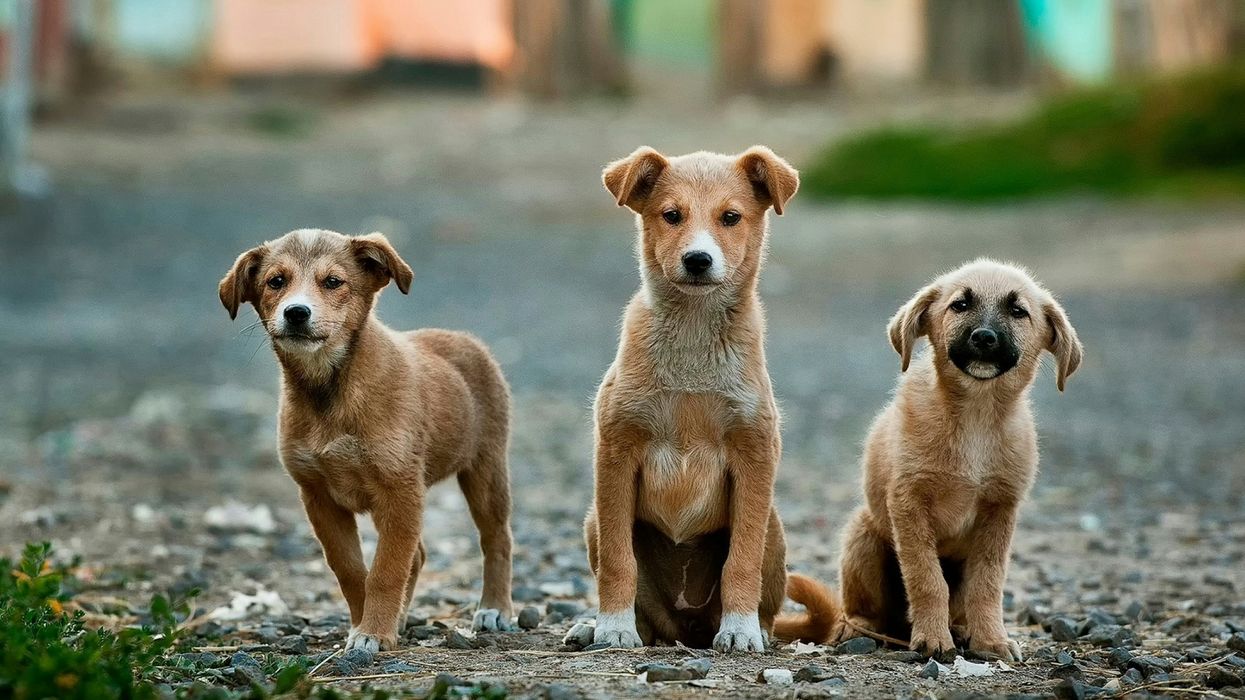



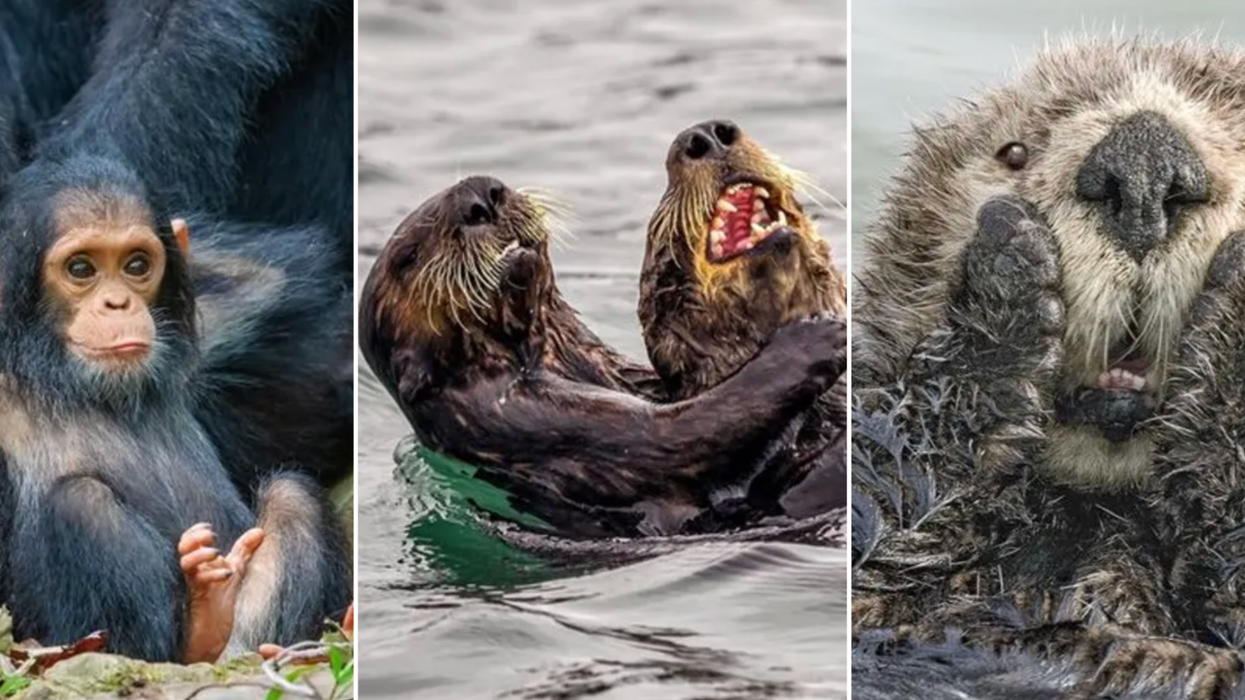
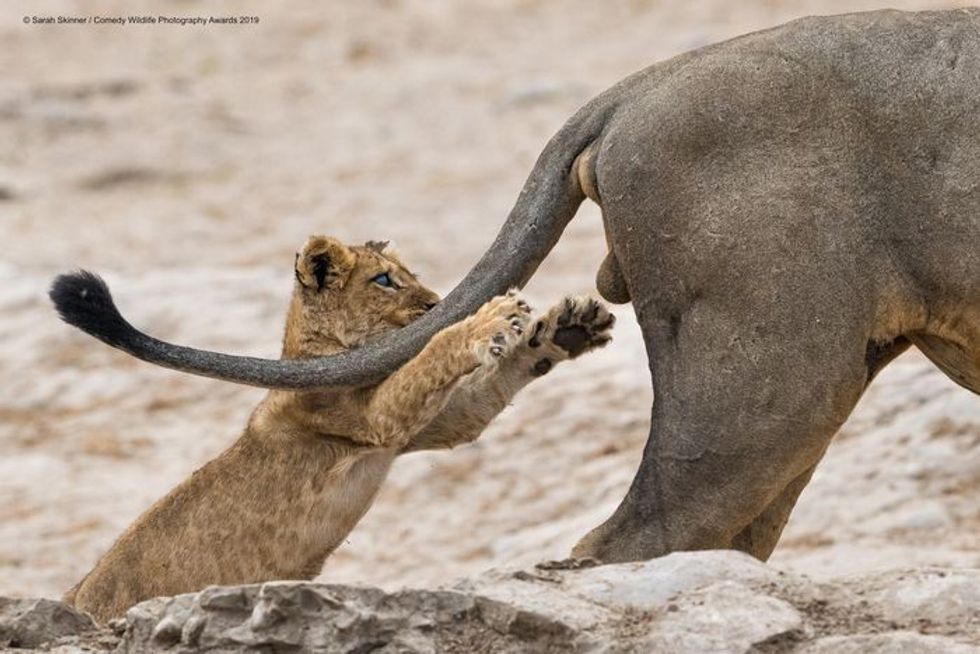 A young lion playing with an older animal
A young lion playing with an older animal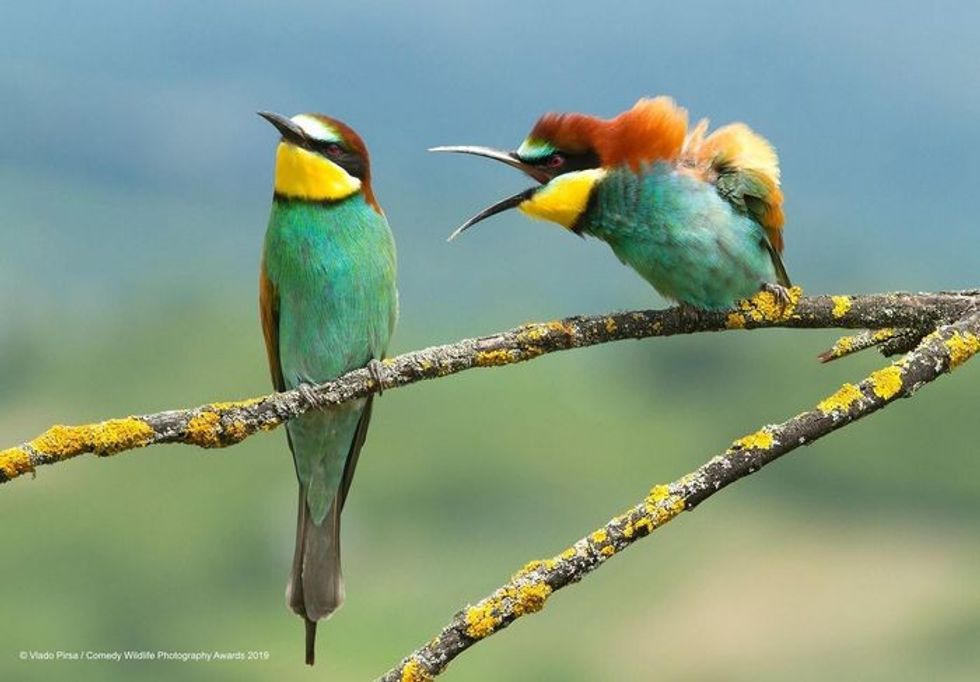 A colorful bird appears to be yelling at it a friend
A colorful bird appears to be yelling at it a friend An otter appears like it's holding its face in shock
An otter appears like it's holding its face in shock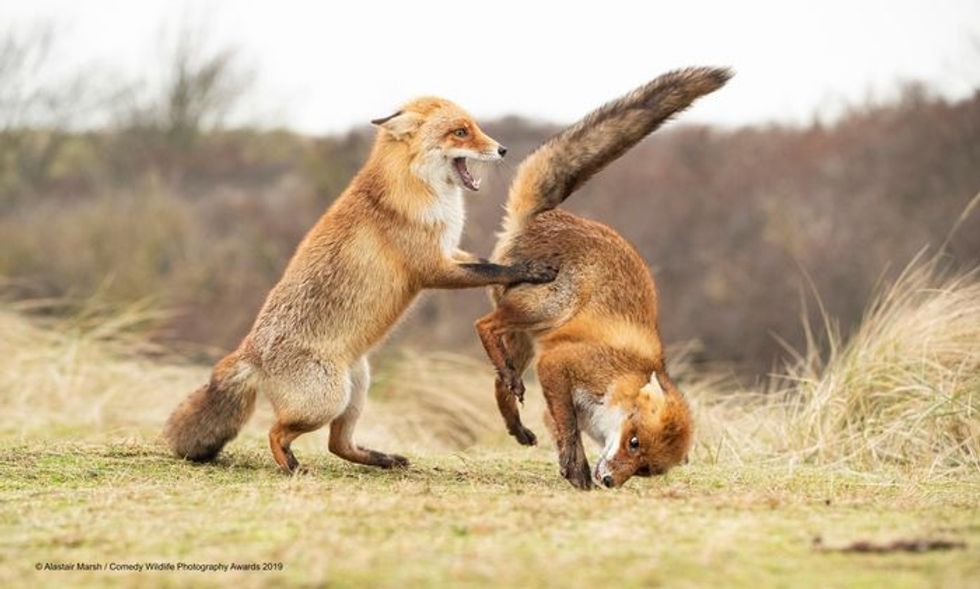 Two young foxes playing in the wild
Two young foxes playing in the wild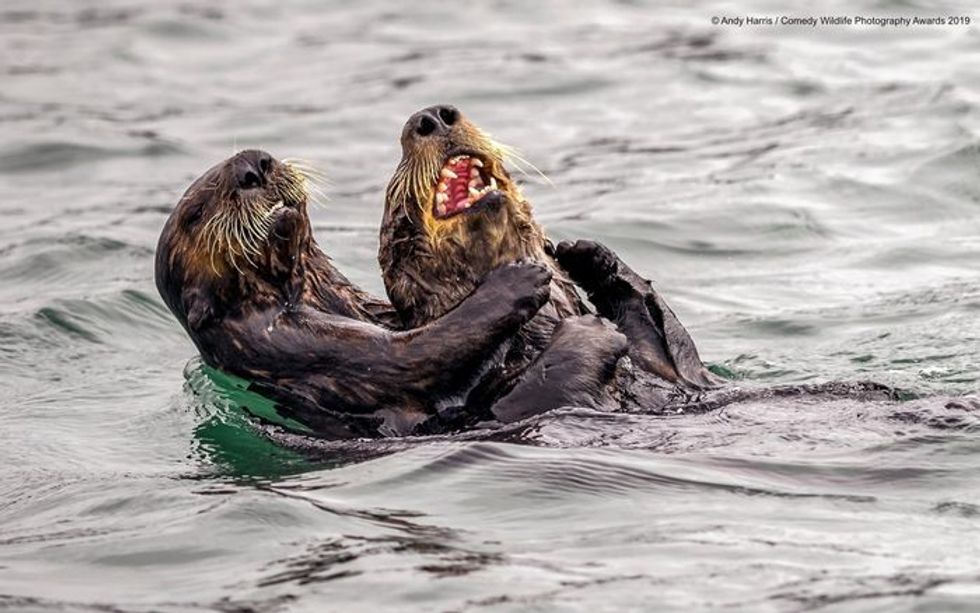 Two otters appear to be laughing together in the water
Two otters appear to be laughing together in the water A fish looks like it's afraid of the shark behind it
A fish looks like it's afraid of the shark behind it A bird appears to be ignoring their partner
A bird appears to be ignoring their partner A squirrel looks like it's trapped in a tree
A squirrel looks like it's trapped in a tree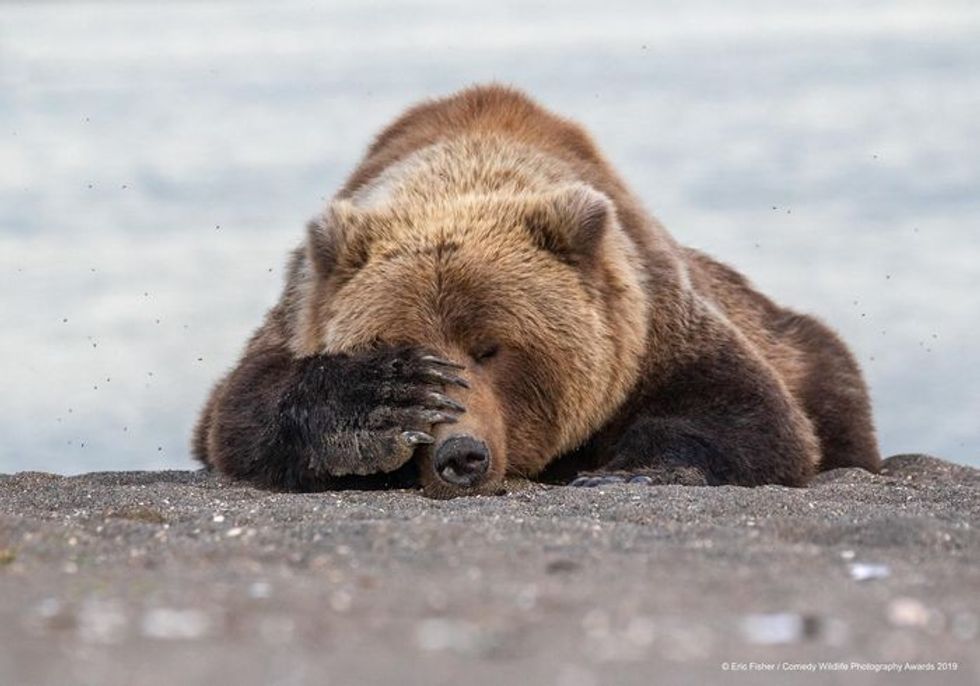 A bear holds hand over face, making it appear like it's exhausted
A bear holds hand over face, making it appear like it's exhausted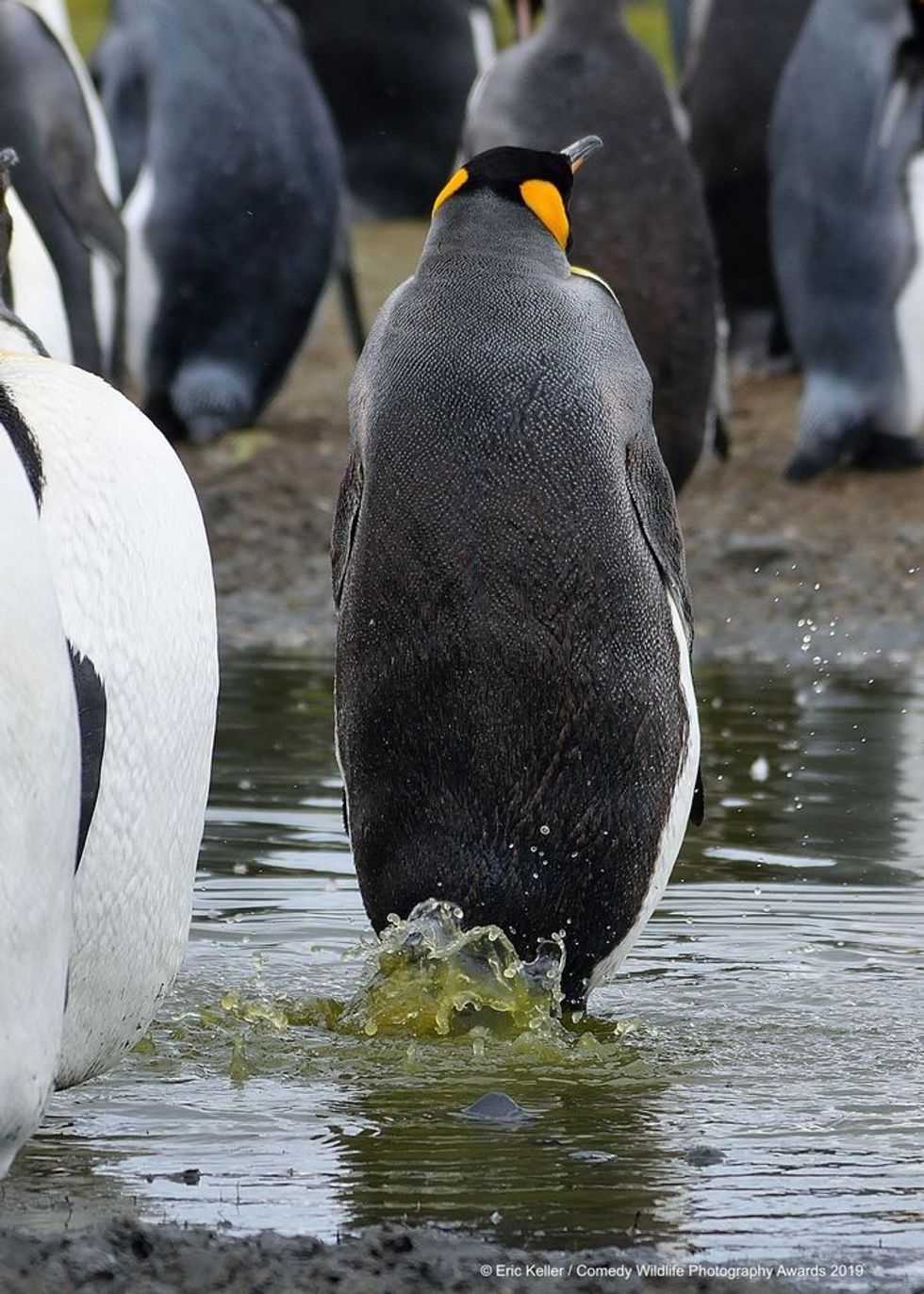 A penguin looks like its trying to appear inconspicuous
A penguin looks like its trying to appear inconspicuous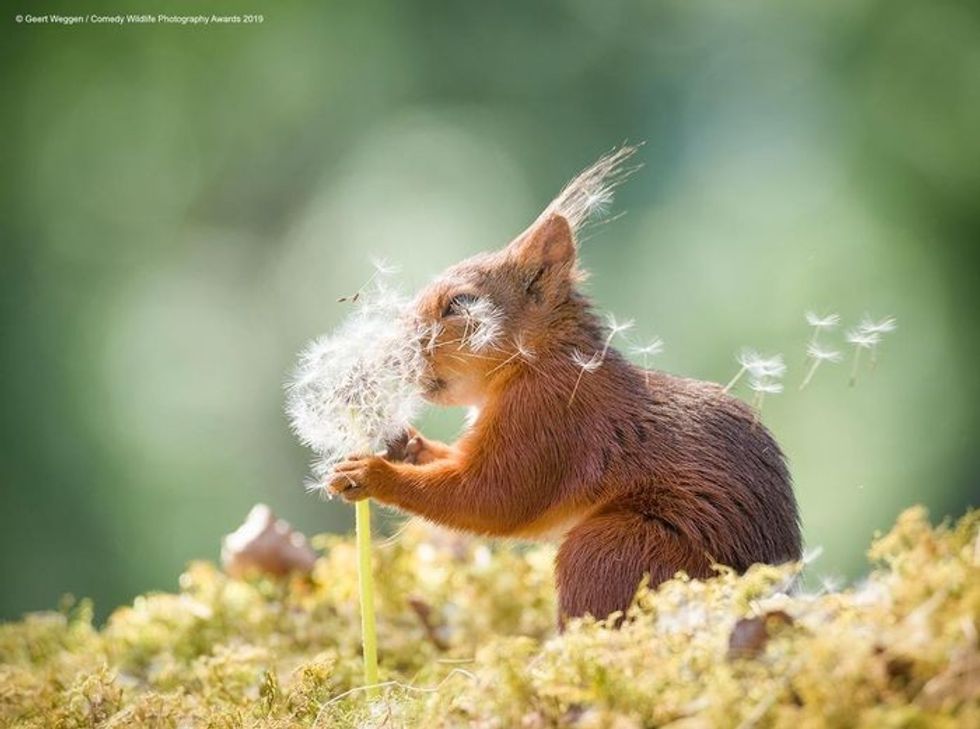 A young squirrel smells a flower
A young squirrel smells a flower An insect appears to be smiling and waving at the camera
An insect appears to be smiling and waving at the camera An otter lies on its side apparently cracking up laughing
An otter lies on its side apparently cracking up laughing Two monkeys caught procreating
Two monkeys caught procreating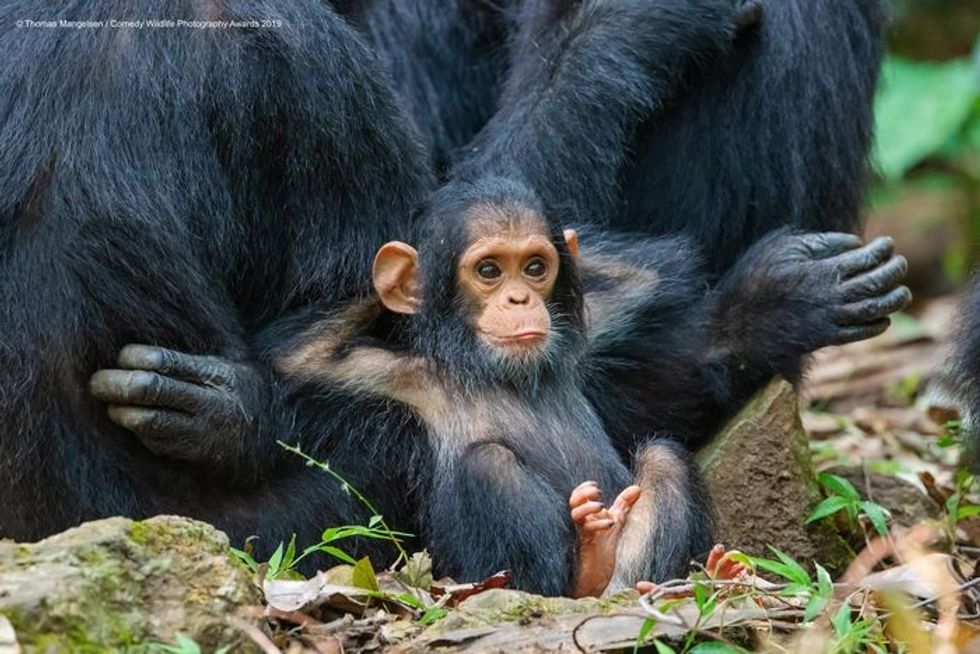 A young chimp relaxes with its hands behind its head
A young chimp relaxes with its hands behind its head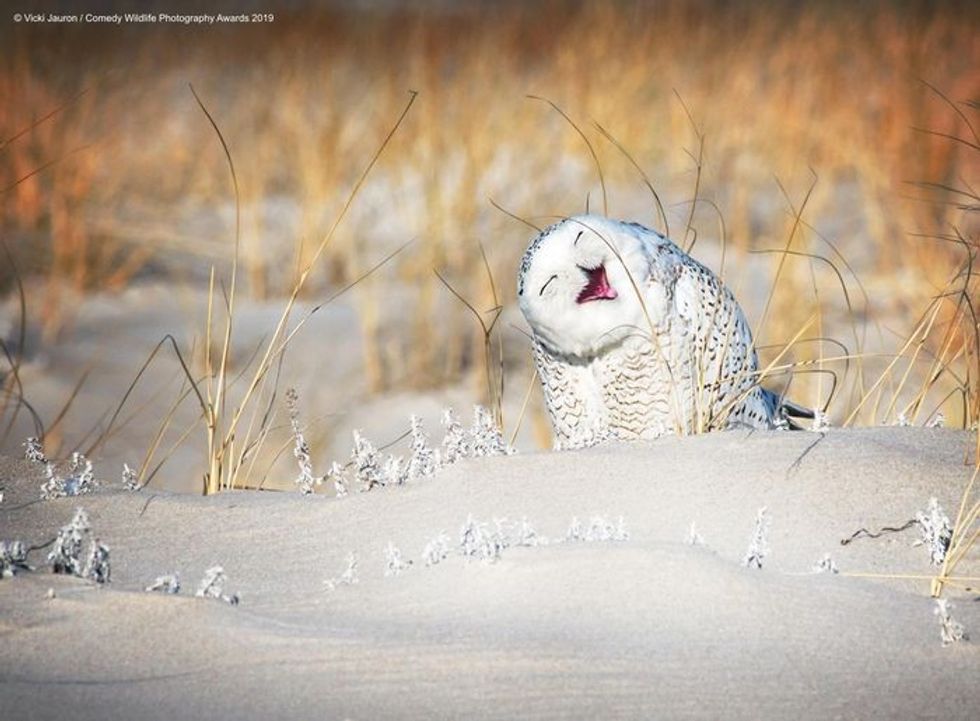 A snowy owl appears to be smiling
A snowy owl appears to be smiling  A monkey holds finger to face as if it's lost in thought
A monkey holds finger to face as if it's lost in thought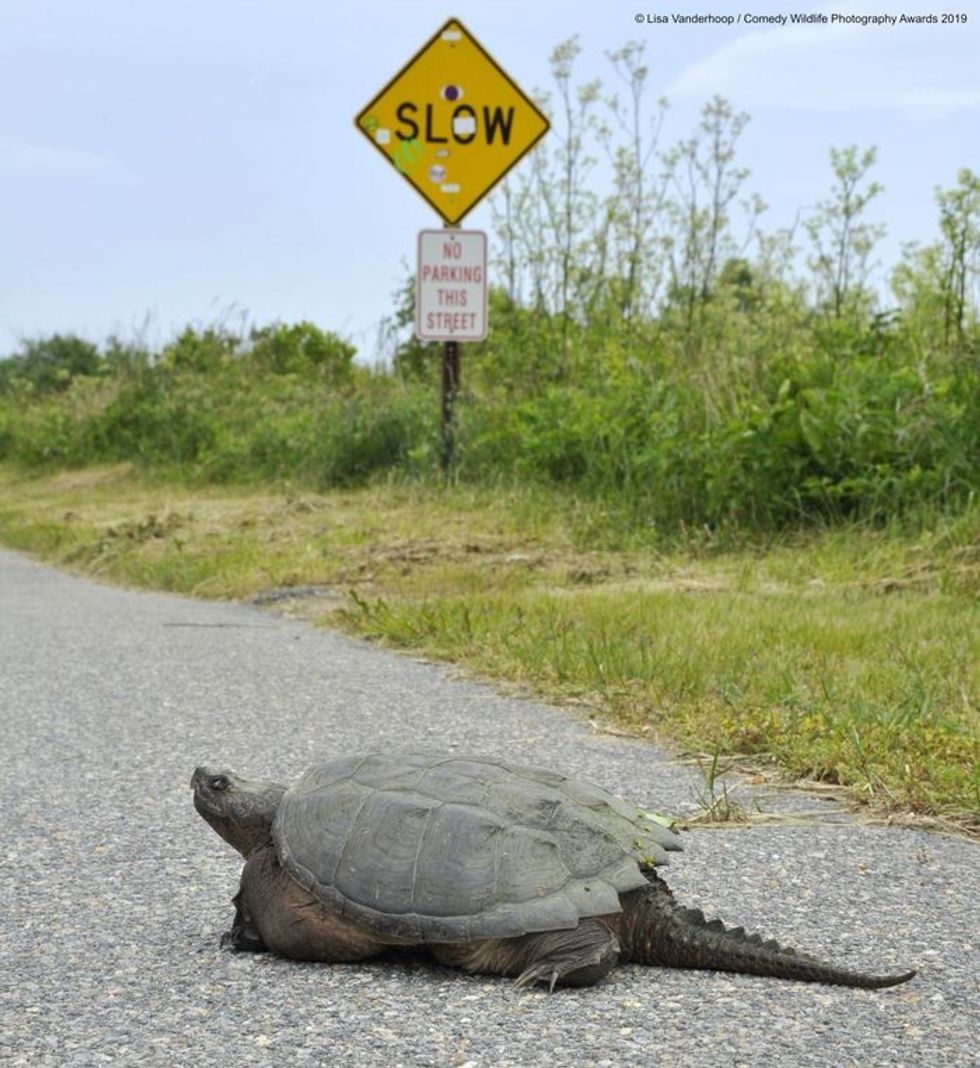 A turtle crossing the road under a 'slow' sign
A turtle crossing the road under a 'slow' sign A polar bear lies on its back like it's trying to hide
A polar bear lies on its back like it's trying to hide A rodent strikes human-like pose
A rodent strikes human-like pose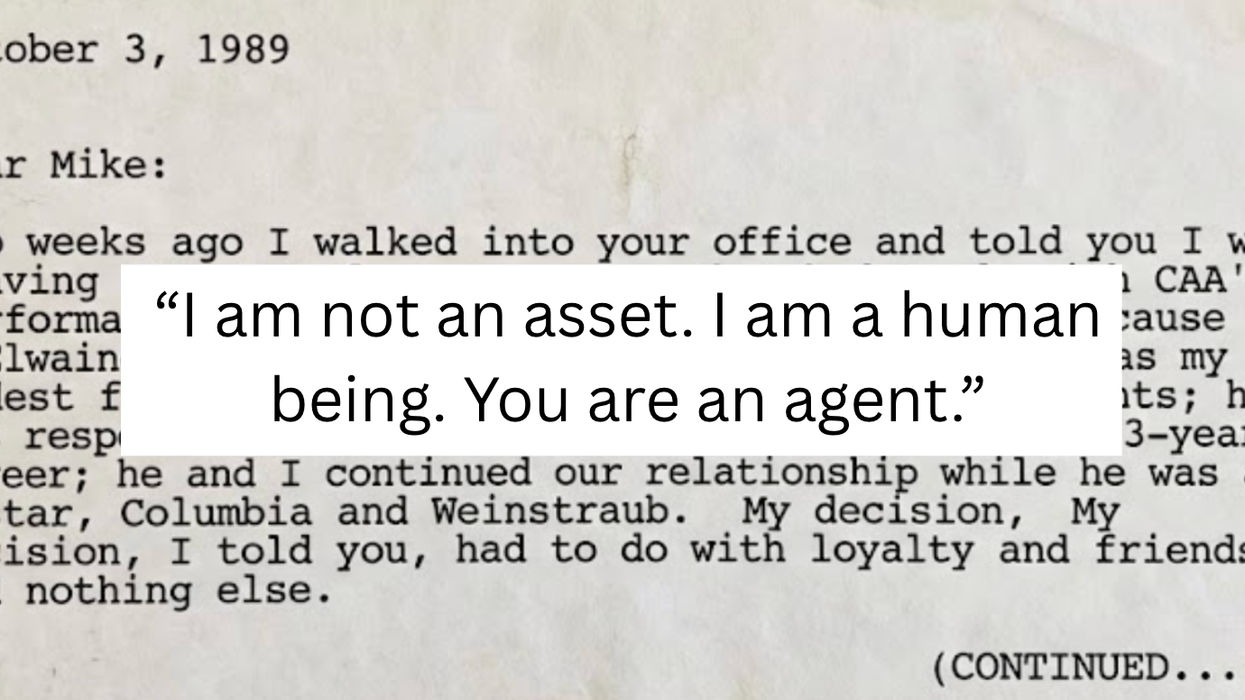
 An excerpt of the faxCanva
An excerpt of the faxCanva

 Robert Redford advocating against the demolition of Santa Monica Pier while filming "The Sting" 1973
Robert Redford advocating against the demolition of Santa Monica Pier while filming "The Sting" 1973
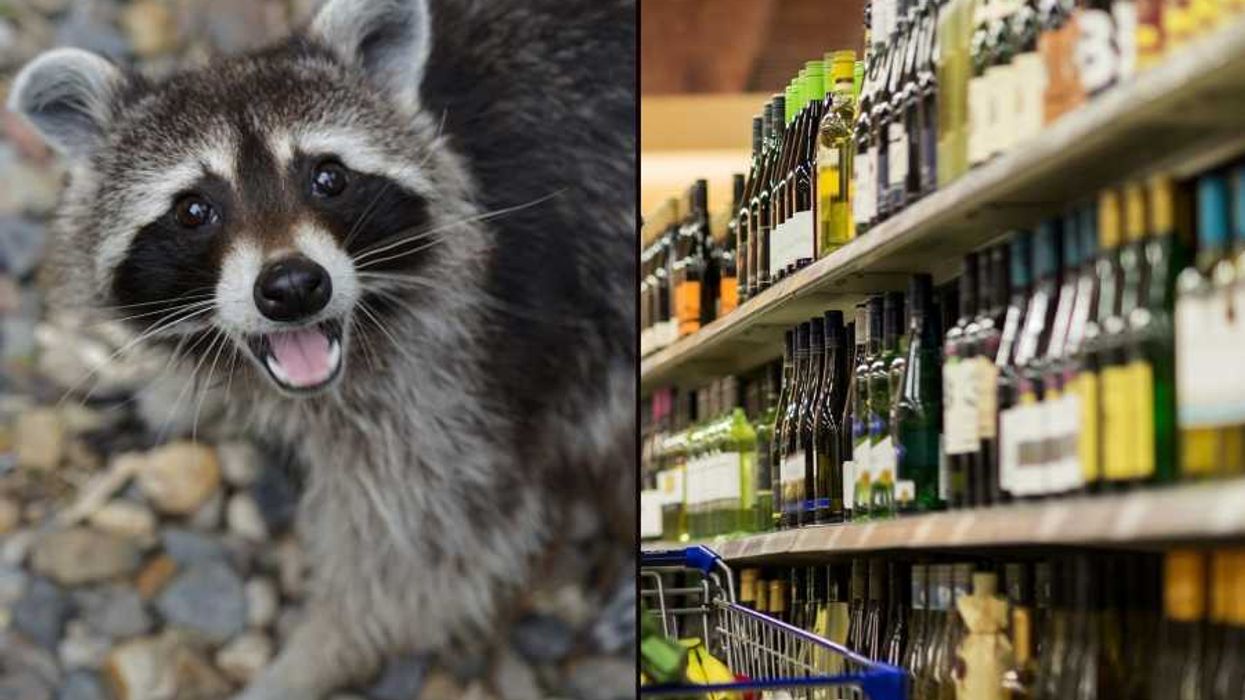

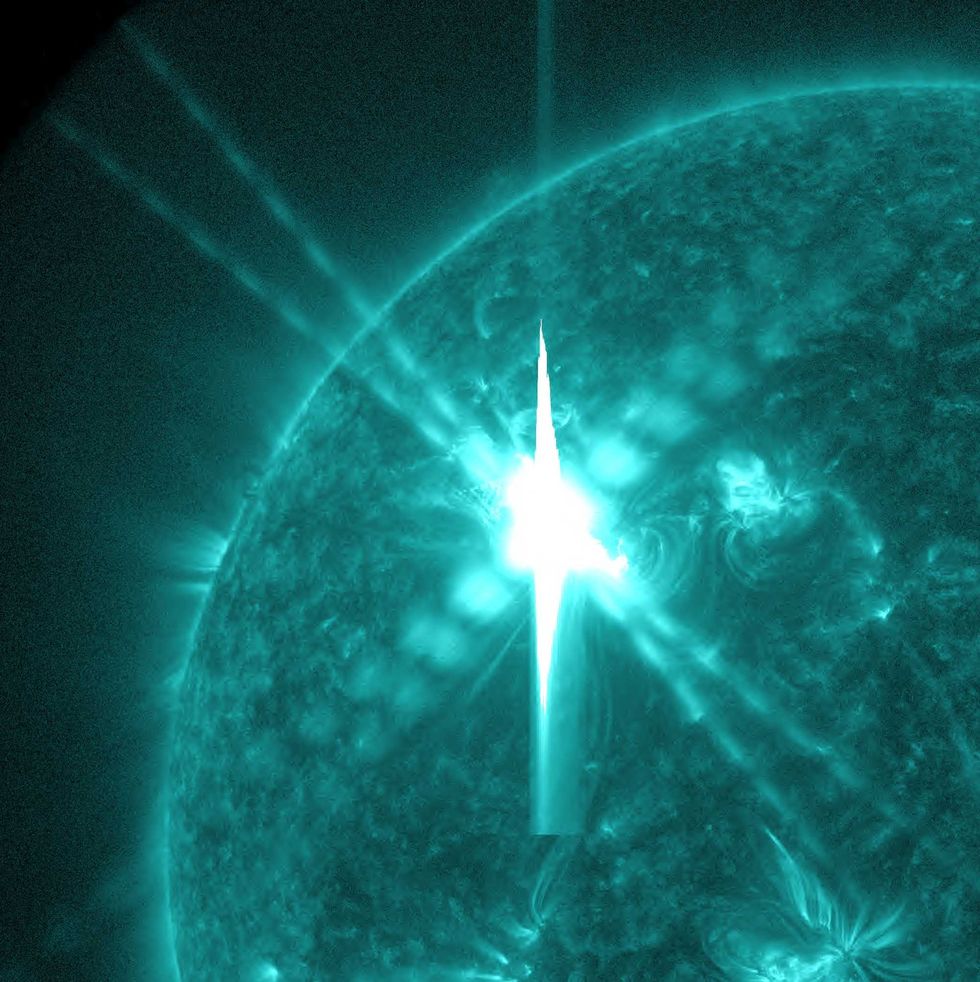 Image artifacts (diffraction spikes and vertical streaks) appearing in a CCD image of a major solar flare due to the excess incident radiation
Image artifacts (diffraction spikes and vertical streaks) appearing in a CCD image of a major solar flare due to the excess incident radiation